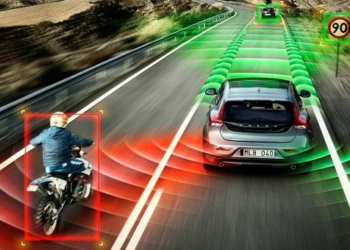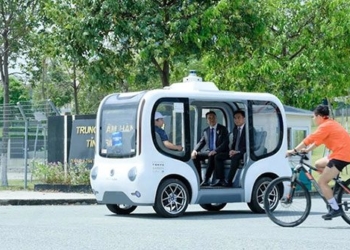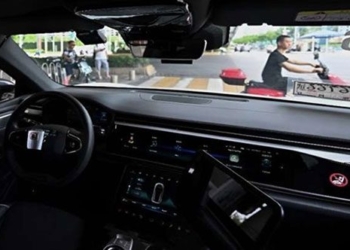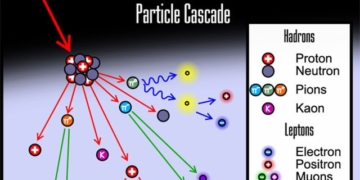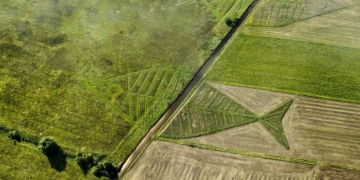Unmanned trains operate through Communication Based Train Control (CBTC) technology. This system facilitates communication between the train and track equipment to manage all railway traffic.
There has been significant interest in autonomous vehicles in recent years. However, developing this technology requires the use of complex algorithms and a deep understanding of traffic conditions, safety regulations, human psychology when driving, track contours, and many other variables.
On the other hand, unmanned trains are designed and manufactured to be much simpler compared to trucks or autonomous cars. Navigating a train is easier because its path is entirely confined within the railway network. Therefore, the train driver does not need to worry about other trains encroaching in and out of its path, unlike car drivers.
Different Levels of Train Automation
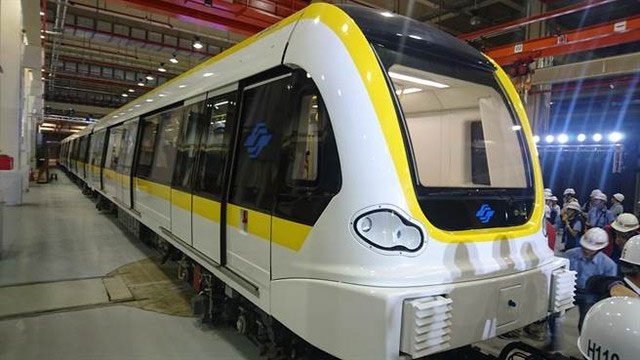
Unmanned trains are easier to manufacture than autonomous cars.
Manual Mode: The train is operated without any support systems. The driver controls the train based on visual observation, while fixed signal lights manage railway operations. This system is common in train travel in major cities around the world.
Partial Automation Mode: The driver manually controls acceleration and braking. However, a train protection system continuously monitors its speed. Additionally, statistical information about the current movement commands of other trains in the network is continuously displayed in the driver’s cabin for assistance.
Semi-Automatic Mode: The driver’s only task is to start the engine. The automated driving system takes over all subsequent operations. It has full control over the train’s movement between two stations, including stopping precisely at the platform and opening and closing doors.
Unmanned Mode: The automated driving system can fully control departures, movements between stations, automatic train stops, and door operations. If necessary, the doors can be automatically reopened based on the system’s situational analysis. In cases of high passenger volumes, additional trains can be automatically deployed with the push of a button. However, the train driver must still be present to intervene in emergencies or unusual situations, such as system failures.
Unmanned Mode Without Supervision: All train operations are completely controlled and monitored automatically, similar to the unmanned mode, except there is no train driver or attendant onboard. The train can automatically couple and uncouple, stabilize bogies, and remotely control extended options along with all controls in the unmanned mode.
The Technology Behind Unmanned Automation
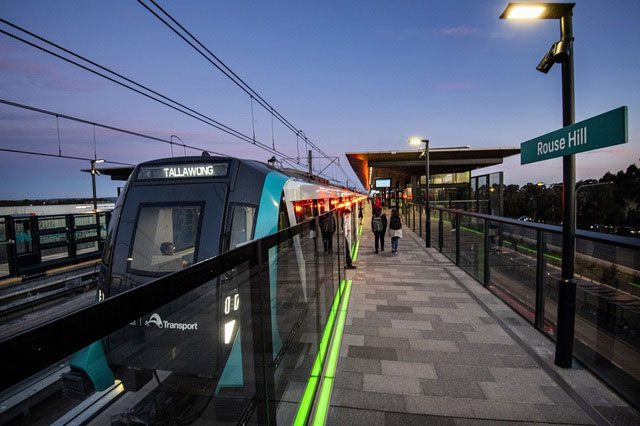
Unmanned trains save energy by optimizing acceleration and traction…
The technology used on unmanned trains is called Communication Based Train Control (CBTC). This technology involves communication between the train and track equipment to manage all railway traffic. This method accurately determines the train’s position, aligns discrepancies, and stabilizes the track more precisely than traditional signaling systems. This ensures higher efficiency and safety for both equipment and passengers.
Conventional subway tracks require signals and intervention from train operators, whereas the functionality of CBTC-supported trains relies solely on data provided by humans and its own understanding. In most CBTC railway networks, data transmission between trains and trackside equipment is conducted via wireless signaling networks, such as the Global System for Mobile Communications – Railway (GSM-R) and Wireless Local Area Network (WLAN).
Unmanned trains save energy by optimizing acceleration, traction, smooth braking, and controlled power consumption. Based on route data generated by the control center, the system automatically calculates the precise position and how to accelerate or brake the train to ensure maximum accuracy in arrival and departure times. Train operators can be recruited as attendants to serve passengers and take immediate action in emergencies.
Additional Features for Successful Unmanned Technology
To realize unmanned train technology, additional systems such as track monitoring, platform displays, intrusion avoidance systems, and remote sensing systems are essential.
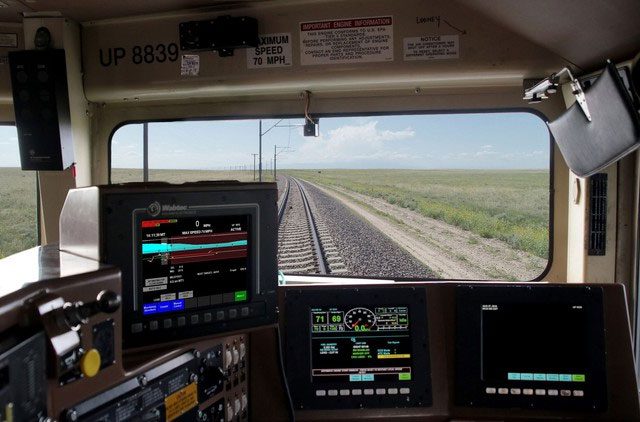
Such systems help eliminate the risk of accidents on the tracks and significantly improve system efficiency. If passengers activate the emergency brake, the control center can assess the situation on board with the support of surveillance in the passenger area. Smoke detectors inside the train and on the tracks will report to the control room in case of fire. This enables the system to understand the situation, make necessary stops quickly, and respond effectively.
Long-Distance Rail Systems
Long-distance railways face certain challenges that urban rail systems do not encounter. These challenges include animal intrusions, harsh weather conditions, and vehicles obstructing the train’s path on the tracks. Nevertheless, unmanned trains can still succeed in such scenarios, even when the Operations Control Center is miles away.
The unmanned railway network allows computers to control the system and enables them to access inaccessible areas by establishing sensors and detectors throughout the railway line. This provides effective and unbiased control across the entire network. Although there is always a risk of network failure since every system has vulnerabilities, it is crucial to choose a system with the fewest vulnerabilities. Therefore, unmanned trains with railway attendants would be better for long-distance rail systems.








































